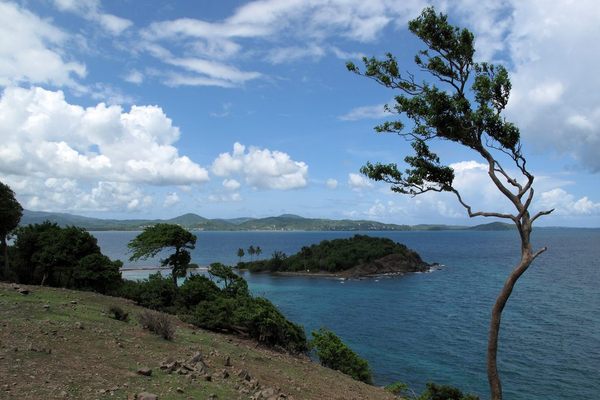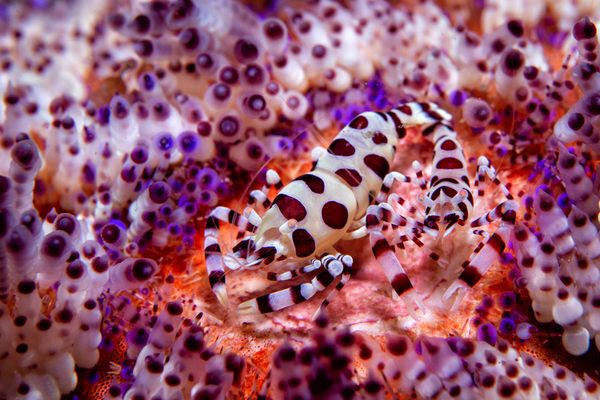
Salt-Loving Microbes Make Vivid, Massive Abstract Art
For the latest addition to his stunning salt production series, photographer Tom Hegen ventured to Utah’s Great Salt Lake.
Munich-based photographer Tom Hegen has seen some salty places. Over the past several years, he has traveled from Africa to Australia capturing the brilliant colors and unexpected patterns that result from the evaporation processes that make sea salt.
For the third installation of his “Salt Series,” Hegen visited Utah’s Great Salt Lake, the largest saltwater lake in the Western Hemisphere (only Iran’s Lake Urmia and Tunisia’s Chott el Djerid are larger globally). The scale was unlike anything he had previously photographed for the series.
“It’s a very vast landscape and there are actually different salt evaporation ponds all over the lake,” says Hegen. “It’s such a huge space.”
Taking to the skies in a helicopter, Hegen captured the full range of the lake’s salt pond colors: expanses of ghostly green, mustard yellow, pink, and deep burgundy all appear in the industrial-scale evaporation operations.

“The topic is always the same, but colors really change all over the world. The ones I shot in Australia had a magnificent turquoise and the ones in France were super rich in purple, pink, and orange tones,” Hegen says.
The colors seen in evaporation ponds are evidence of microbial life at work, Hegen says. “In the saltwater, there is a bacteria that increases when the salt concentration increases,” he says. “As they concentrate the salt, those bacteria also change color and hue.”
Large populations of the salt-loving algae Dunaliella, for example, can turn the ponds either red or various shades of green, depending on the specific species present. The trillions of brine shrimp that call the Great Salt Lake home impart a pinkish hue to the water that can vary from a pale rose to a deep oxblood.

Hegen’s bird’s-eye view also allowed him to get a sense of what years of drought and human activity have done to the lake. In August 2021, the Great Salt Lake fell below its previously recorded lowest levels. One of the lake’s most famous landmarks, the artwork known as The Spiral Jetty, submerged for decades, is now high and dry. Hegen flew over the earthwork spiral, which extends hundreds of feet from the historic shoreline: “It is now completely exposed,” Hegen says. “It’s on shore now.”
While the images he produces could be mistaken for bold abstract art, Hegen says his shots of salt worldwide are part of a bigger mission to document the effect of our species on the planet.
“The ‘Salt Series’ is not really different from other projects I’ve been shooting, for example coal mining in Germany, and copper mines, all those places where we take resources out of the earth,” Hegen says.
“But the way I photograph is super abstract,” he adds. “When I do an exhibition, a lot of people think it’s a painting. They find the image appealing, they think it’s beautiful, then they read about the topic and what’s going on in this landscape and understand it’s not that beautiful.”










Follow us on Twitter to get the latest on the world's hidden wonders.
Like us on Facebook to get the latest on the world's hidden wonders.
Follow us on Twitter Like us on Facebook